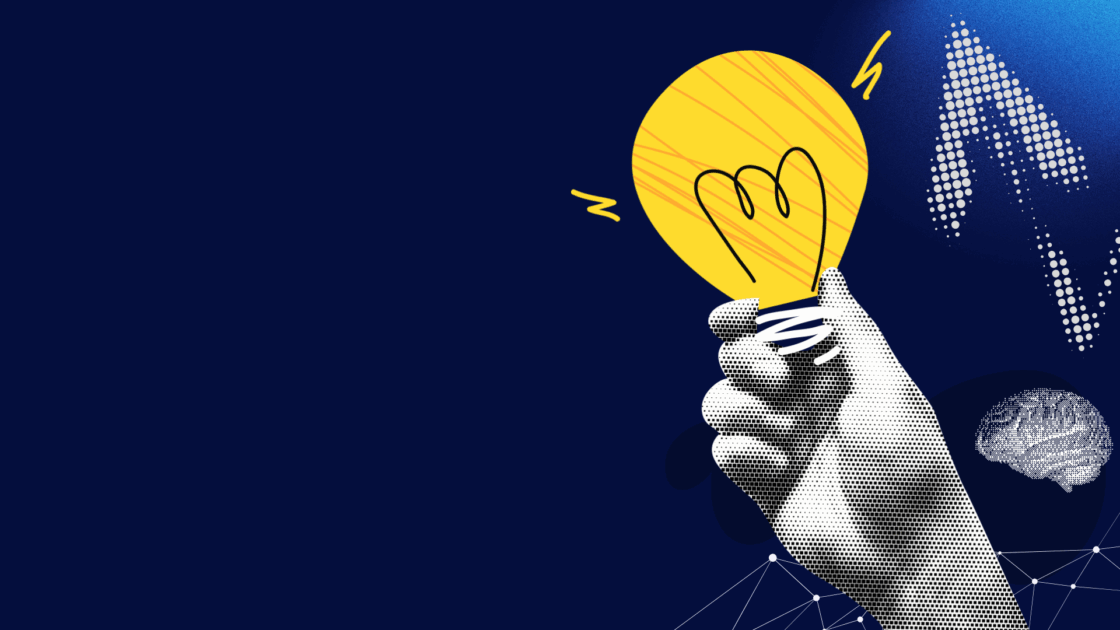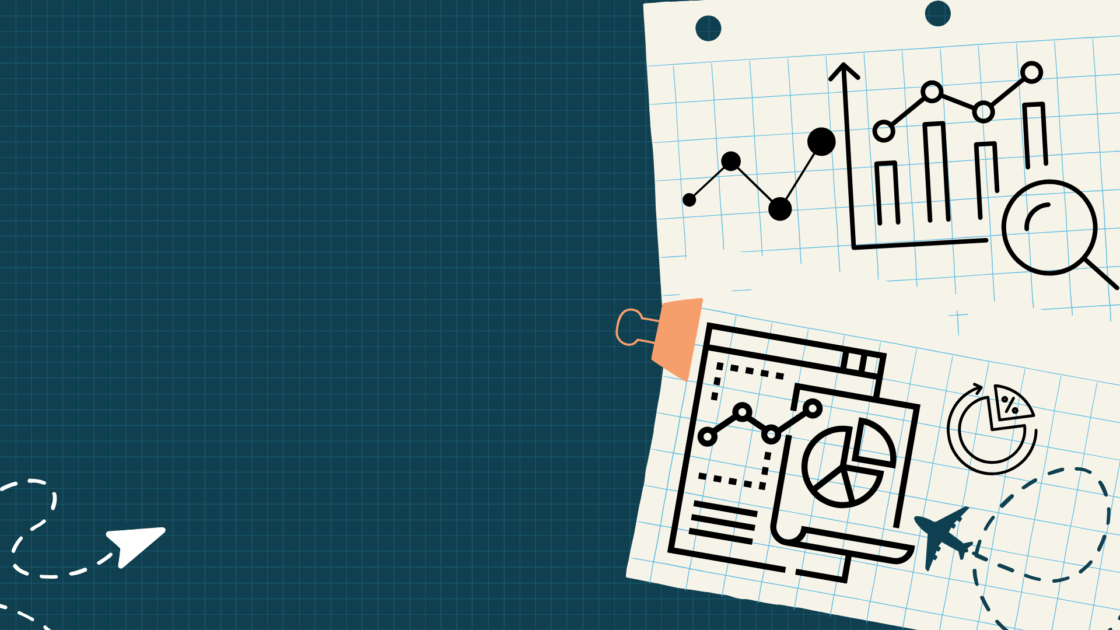How to Stay on Top of your Assets in a Content-Heavy World
How to Stay on Top of your Content Assets
B2B Marketing and product organizations have gone wild creating digital content. For good reason, marketers are asked to:
- Bring in more leads
- Increase personalization
- Address all stages of the buyer’s journey including renewal/advocacy
- Reach an increasingly broad decision maker team.
Now, facing reality that much of the content they’ve produced isn’t used, is outdated, and is resource intensive to create, marketing leaders are wondering how to assess their current content and systematically prioritize their content development roadmap. In the following blog, based on our client engagements, we present practical tips for assessing existing content and prioritizing content to be developed.
How big is your firm’s inventory of marketing content? A hundred assets, a few hundred, a few thousand? Would you believe we work with companies that have more than 15,000 content assets?
Regardless of what the volume is, determining the efficacy of content and prioritizing the content development roadmap is one of the biggest challenges for B2B tech marketing organizations.
Take content generated from blogs as an example, sometimes it seems like every company’s executives, marketers & engineers are blogging. In fact, there are more than three million blogs written every day. Even if just 1% of those are posts from enterprises, that’s 30,000 new enterprise-oriented blogs every day!
In our experience many content producers (e.g. Product/Solutions Marketing) are developing content because someone put it on a TO DO list rather than producing content based on the persona they are trying to reach, where that persona is in their journey, and filling strategic content gaps. In this blog, we’ll present practical tips to improve your content by:
-
- Mapping content by persona and journey
- Ranking content need across personas and journey stages
- Scoring content quality by personas and journey
- Prioritizing the development of new content
1. Map content by persona & customer journey
Start by mapping your existing content across the buyer’s journey. Hopefully your organization builds content with persona and journey stage in mind so even if that information isn’t explicitly stated, it’s usually pretty easy to figure out. A simple way to start is with a spreadsheet listing all your content assets for the analysis. Then, add columns for each Persona and each Buyer’s Journey stage. You should be able to categorize your content by quickly reviewing the type of document, the title, and/or the first few paragraphs. When you’re done, it will look something like this- except it should have a lot more rows!
Sample Content Map of Assets to Target Persona & Journey
What did you find? When working with a client recently, we found that > 85% of their content targeted the Business Leader and Technical Leader personas, and that they needed more content for those most likely to use their software. In another example, only 1% of a client’s content focused on Loyalty/Advocacy yet it was a critical part of their customer lifecycle.
If you only do the beginning of a content assessment, just mapping out content by Persona and Journey Stage can reveal a lot about your content’s shortcomings and help identify areas to prioritize development.
TIPS:
- Remember to include external content but also internal content intended for channel partners, sales teams, etc.
- Set an age limit on content to assess but don’t assume that just because an asset is a year or two old that it’s bad. Many firms will have a small handful of assets that are still relevant for 3+ years after being developed.
2. Content needs by persona & journey stage
Another content mapping exercise, and one that builds on the content map, is to determine how important content is for each persona at each journey stage. The table below shows a typical view for content needs across the buyer’s journey for different personas. We ranked each on a scale of 1 – 3 based on how important content is for that stage of the journey for each of four personas. The scores are something your team needs to determine based on what you know about your customer.
In this example, it’s very important for a Business Leader/Exec to have content at the Awareness stage of the customer journey and least important at the Conversion stage of the journey.
Importance of Content for Each Persona & Journey
3. Content quality by persona and journey stage
Next, take a look at your content’s quality using a similar table but scored in reverse. That is, for Business Exec, Awareness stage, how good or bad is your content? For judging Quality, we recommend quantitative metrics like views, downloads, age as well as qualitative metrics like feedback from internal experts and a good old-fashioned sniff test. Note that inverse scores are used (you’ll see why soon) so that a score of 1 means your existing content for that persona and journey stage is good. Use inverse scoring (3 = poor content) to make the next step easier.
Quality of Your Existing Content for Each Persona & Journey
4. And now, prioritizing your content roadmap
To determine your biggest areas of need, multiply the scores in each cell across the two tables. A high result is bad and identifies the area where content is most needed and content quality/availability is poor. For example, Exec, Business Leader persona and Awareness stage scored a 3 for importance of content at that stage, and also a 3 because the quality of content at that stage is poor (3 x 3 = 9). The highest possible score of 9 is shown in the table below in bright red and becomes the number one priority for new content development. In this example, the second highest priority area is the lighter red color. The green areas represent the lowest areas of priority because the need for content at that stage is low and the content for that stage is good.
Table identifying exactly where need for new content is greatest (red) and least (green)
TIPS:
- An area where Need for Content is high and Quality of Content is low is a red flag for where to prioritize your content development.
- Good content + High Need for content should still be a focus area because it’s a critical stage in your buyer’s journey.
Wrapping up
The Content Marketing Institute found that 56% of B2B firms will spend more on content creation this year than last, and that a third of all firms surveyed will invest more in content marketing staff as well. Don’t go wild producing more content until you’ve analyzed your content gaps. It will give you a more strategic approach for identifying what content to develop and also what content to not develop.
Now that we’ve shown a method for prioritizing content development, in a follow up blog my colleague Linda Iskovitz will cover ways for optimizing your content’s usage.
If your content development roadmap could use some strategic prioritization, please contact Aventi Group here.










